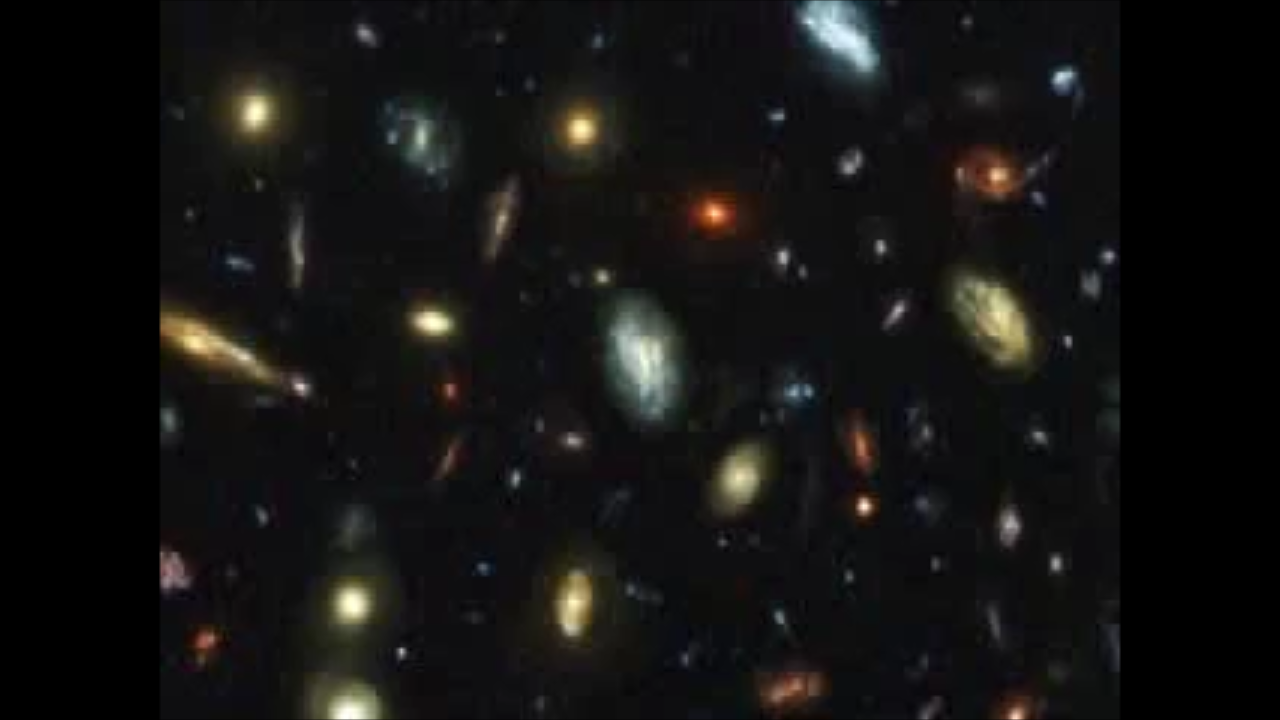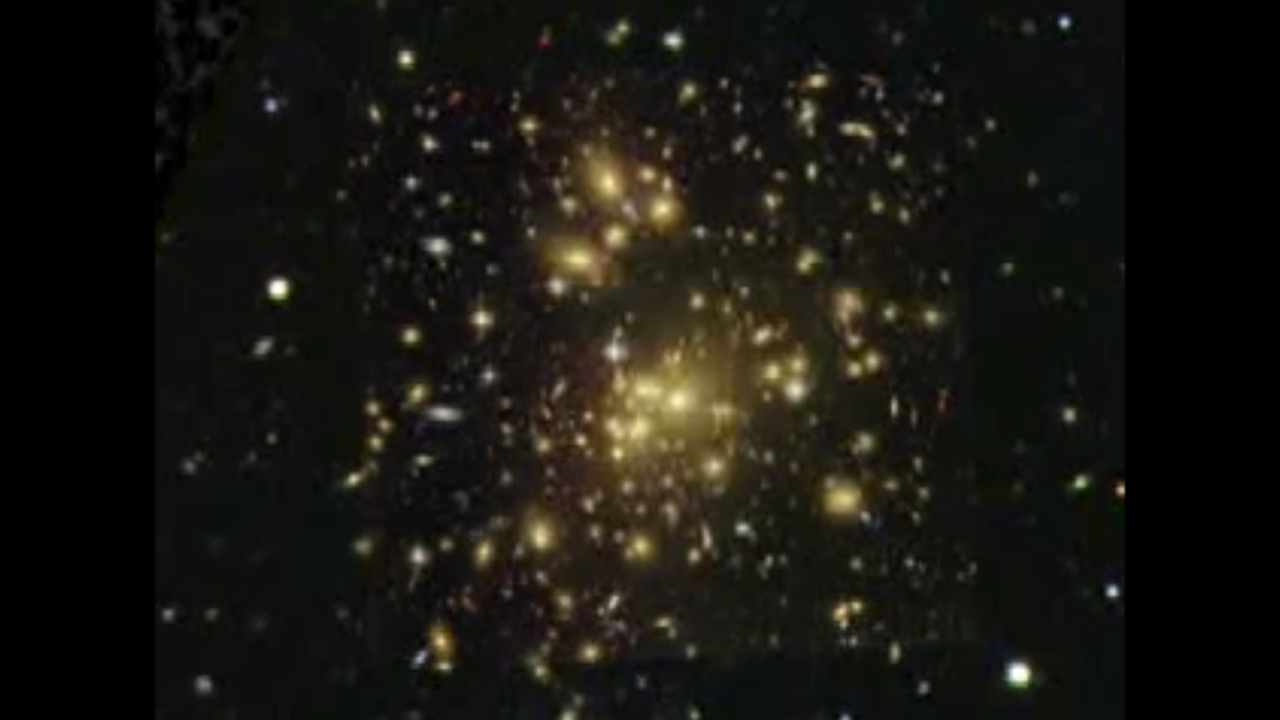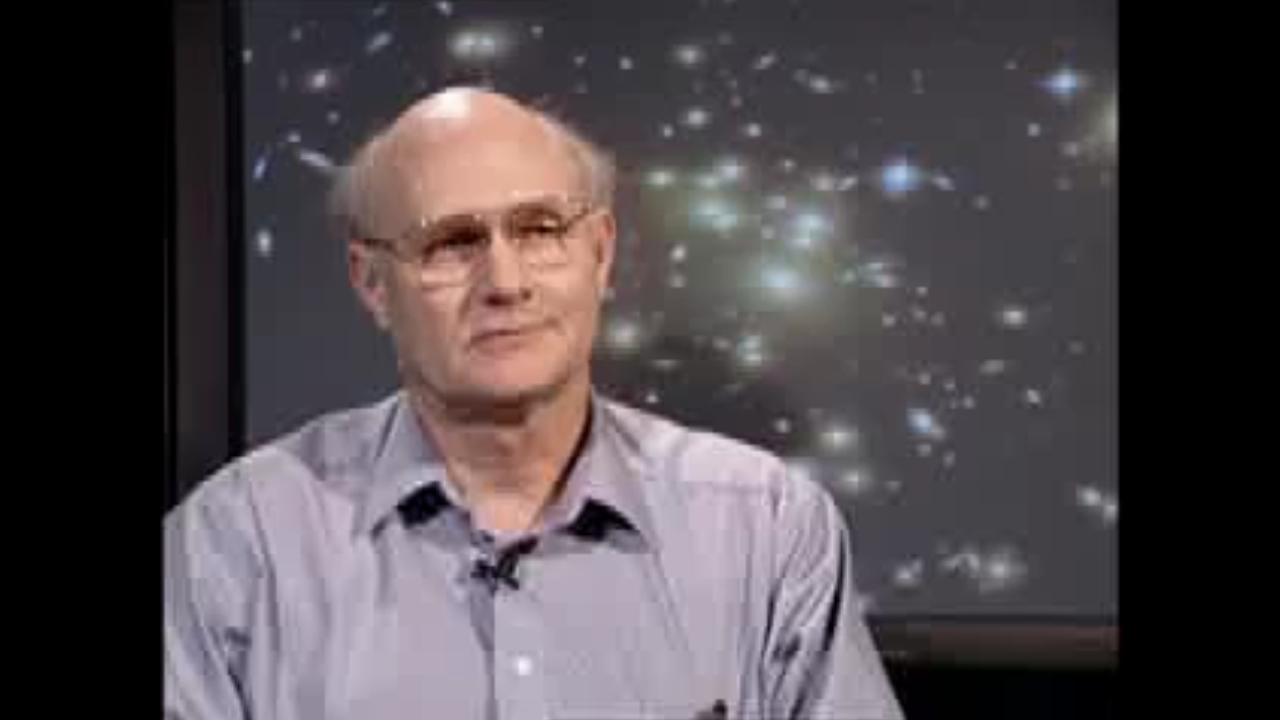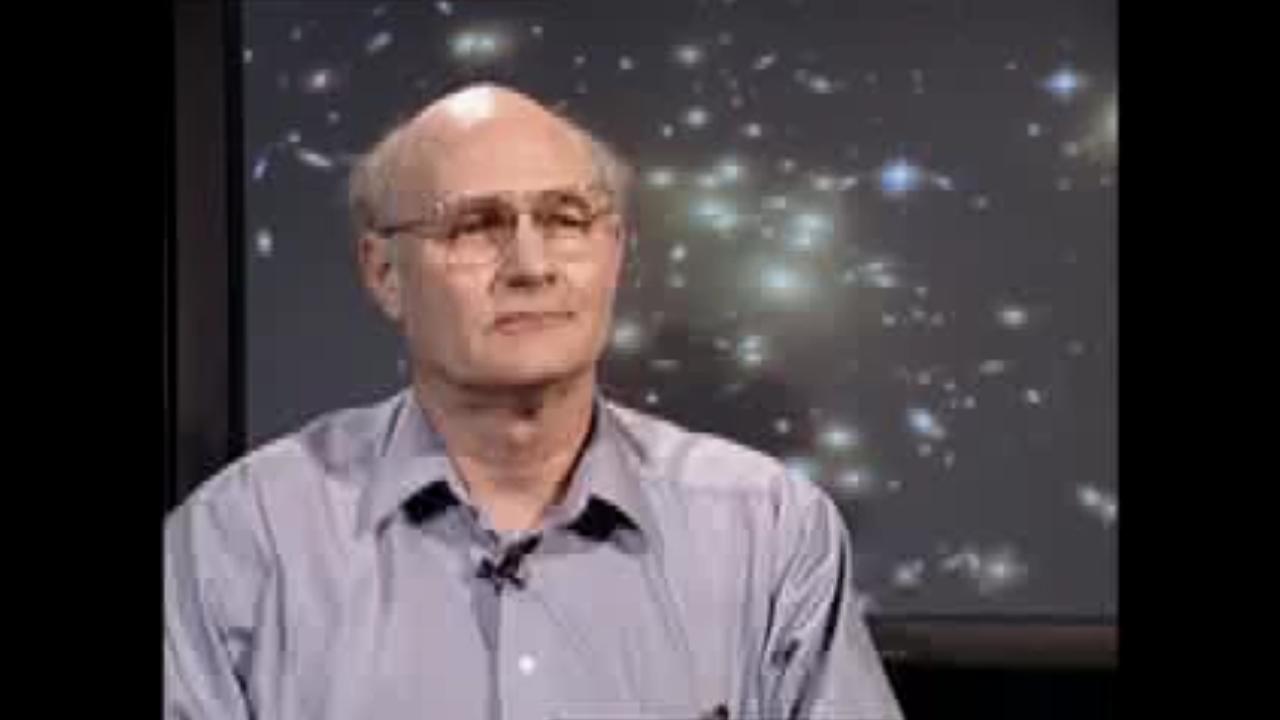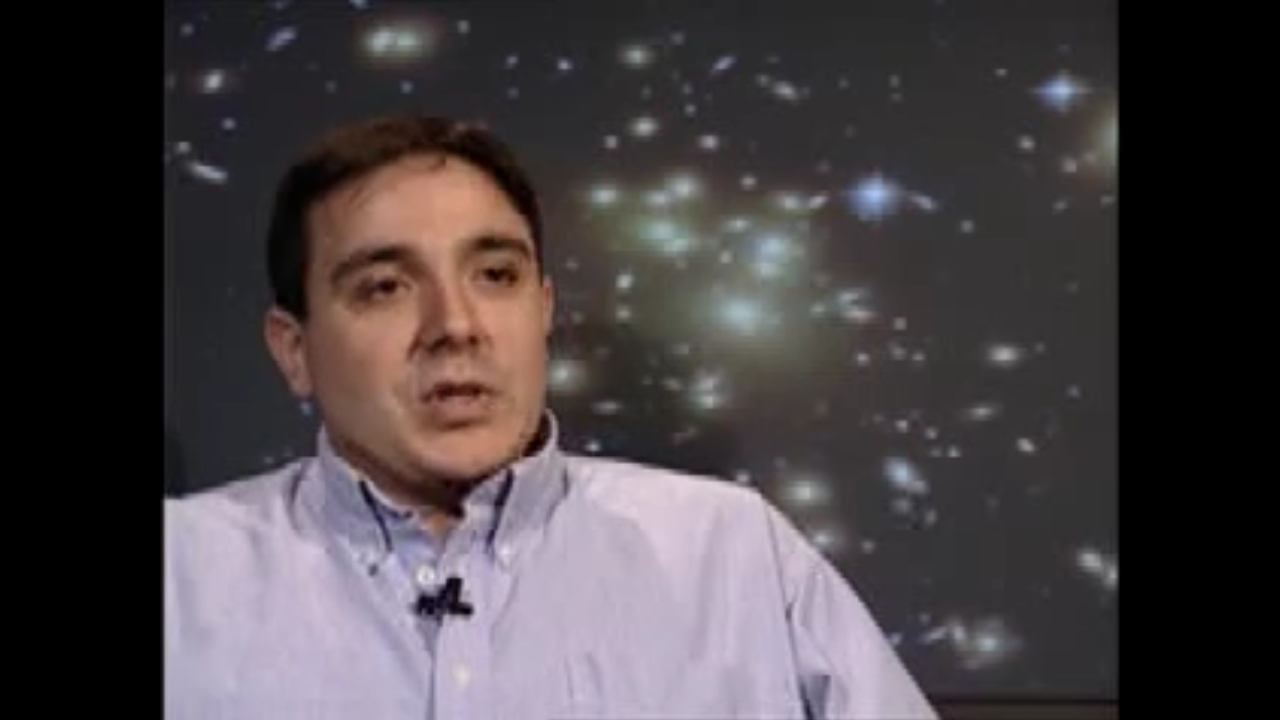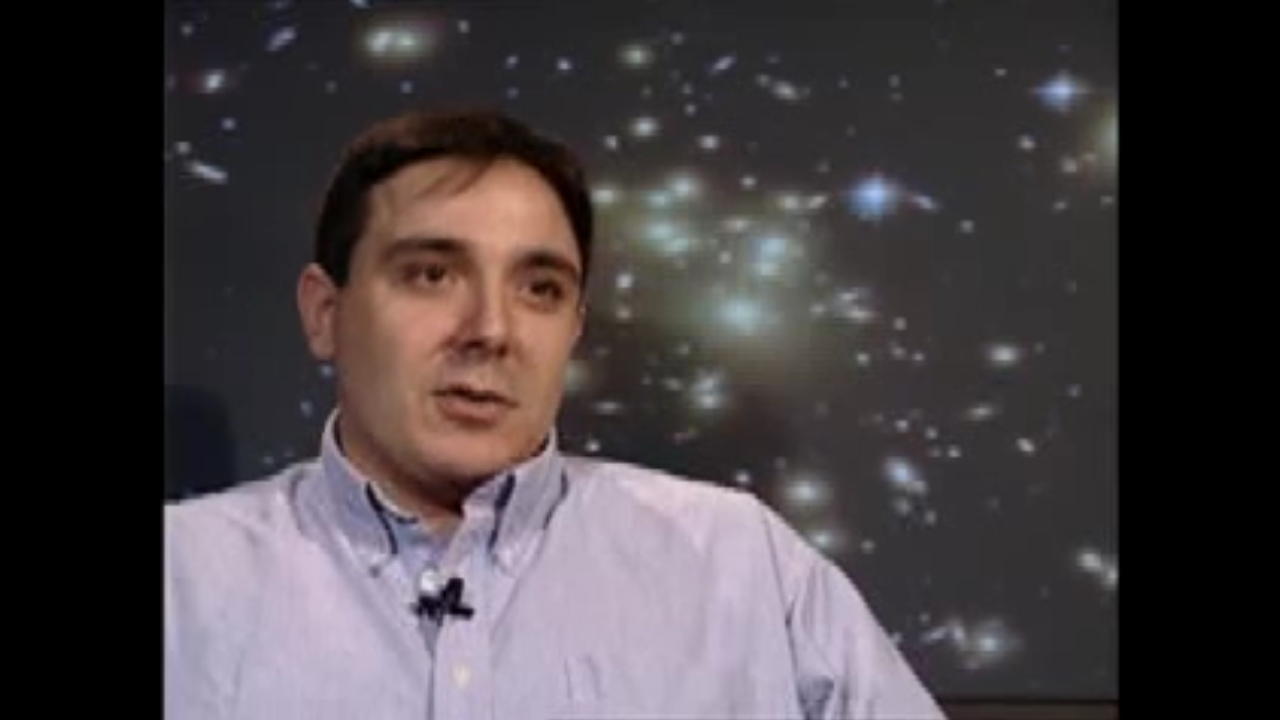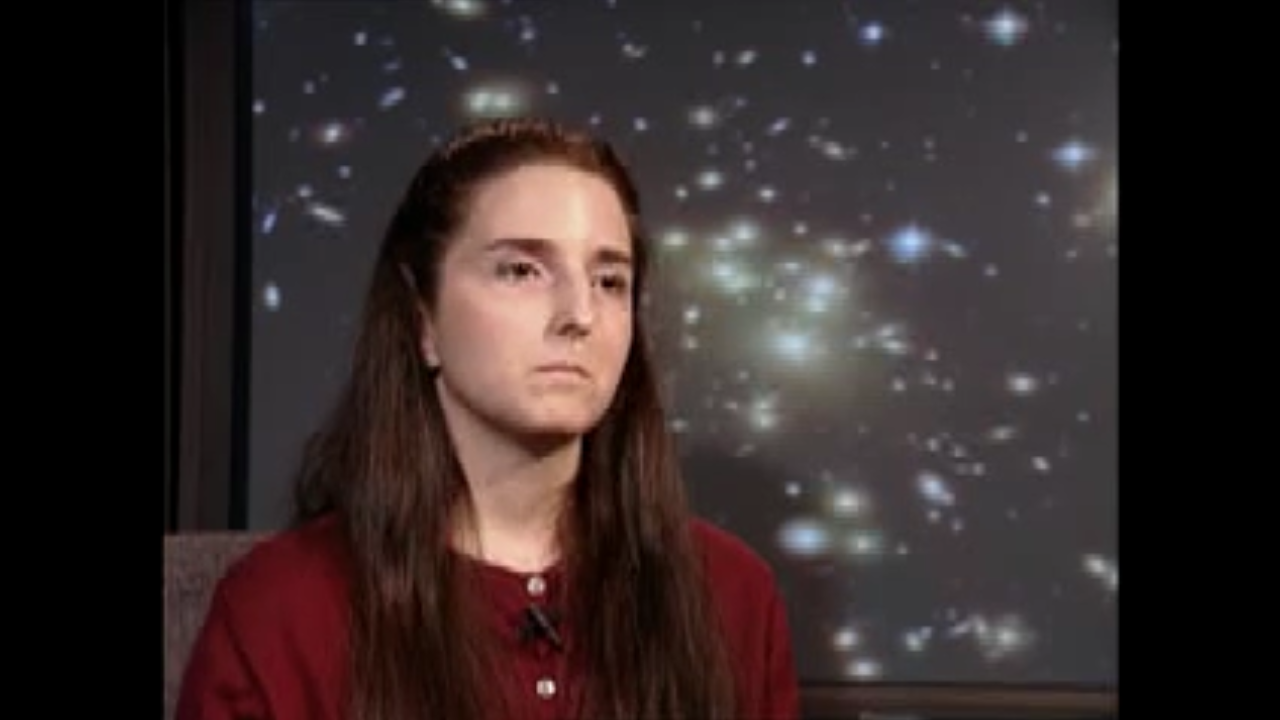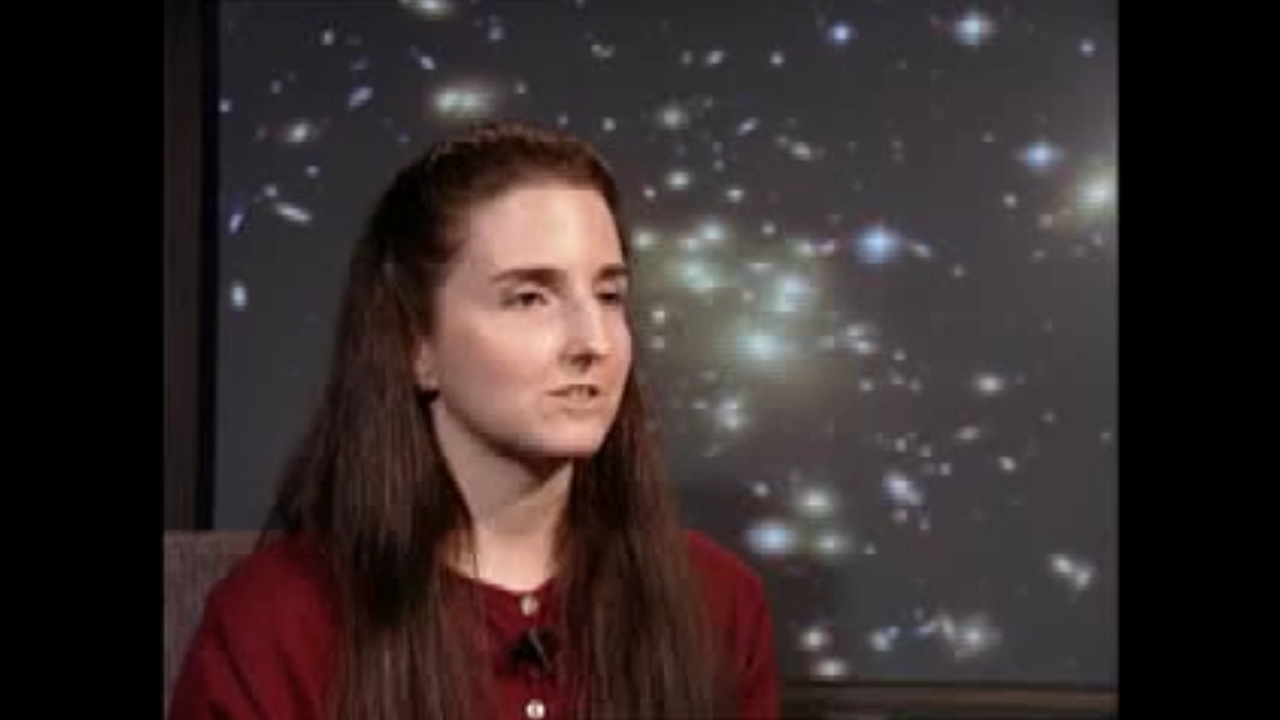1 min read
Galaxies Magnified by Galaxy Cluster Abell 1689’s “Gravitational Lens”

About the Object
- R.A. PositionR.A. PositionRight ascension – analogous to longitude – is one component of an object's position.13h 11m 34.19s
- Dec. PositionDec. PositionDeclination – analogous to latitude – is one component of an object's position.-1° 21' 56.0"
- ConstellationConstellationOne of 88 recognized regions of the celestial sphere in which the object appears.Virgo
- DistanceDistanceThe physical distance from Earth to the astronomical object. Distances within our solar system are usually measured in Astronomical Units (AU). Distances between stars are usually measured in light-years. Interstellar distances can also be measured in parsecs.The distance to the lensing cluster is 2.2 billion light-years (675 megaparsecs).
About the Data
- Data DescriptionData DescriptionProposal: A description of the observations, their scientific justification, and the links to the data available in the science archive.
Science Team: The astronomers who planned the observations and analyzed the data. "PI" refers to the Principal Investigator.Principal Astronomers / ACS science team: H.C. Ford (JHU), G.D. Illingworth (UCO/Lick Observatory), N. Benitez (JHU), M. Clampin (STScI), G.F. Hartig (STScI), D.R. Ardila (JHU), F. Bartko (Bartko Science & Technology), J.P. Blakeslee (JHU), R.J. Bouwens (UCO/Lick Obs.), T.J. Broadhurst (Racah Institute of Physics, The Hebrew University), R.A. Brown (STScI), C.J. Burrows (STScI), E.S. Cheng (NASA-GSFC), N.J.G. Cross (JHU), P.D. Feldman (JHU), M. Franx (Leiden Observatory), D.A.Golimowski (JHU), C. Gronwall (PSU), L. Infante (Pontificia Universidad Catolica de Chile), R.A. Kimble (NASA GSFC), J.E. Krist (STScI), M.P. Lesser (Steward Obs.), A.R. Martel (JHU), F. Menanteau (JHU), G.R. Meurer (JHU), G.K. Miley (Leiden Obs.), M. Postman (STScI), P. Rosati (ESO), M. Sirianni (JHU), W.B. Sparks (STScI), H.D. Tran (JHU), Z.I. Tsvetanov (JHU), R.L. White (STScI/JHU), and W. Zheng (JHU) - InstrumentInstrumentThe science instrument used to produce the data.HST>ACS/WFC
- Exposure DatesExposure DatesThe date(s) that the telescope made its observations and the total exposure time.June, 2002, Exposure Time: 13.2 hours
- FiltersFiltersThe camera filters that were used in the science observations.F475W (g), F625W (r), F775W (i), F850LP (z)
- Object NameObject NameA name or catalog number that astronomers use to identify an astronomical object.Abell 1689
- Object DescriptionObject DescriptionThe type of astronomical object.Galaxy Cluster, Gravitational Lens
- Release DateJanuary 7, 2003
- Science ReleaseBiggest ‘Zoom Lens’ in Space Takes Hubble Deeper into the Universe
- Credit
Related Images & Videos

Galaxy Abell 1689's "Gravitational Lens" Magnifies Light of Distant Galaxies
A massive cluster of yellowish galaxies, seemingly caught in a red and blue spider web of eerily distorted background galaxies, makes for a spellbinding picture from the new Advanced Camera for Surveys aboard NASA's Hubble Space Telescope. To make this unprecedented image of the...
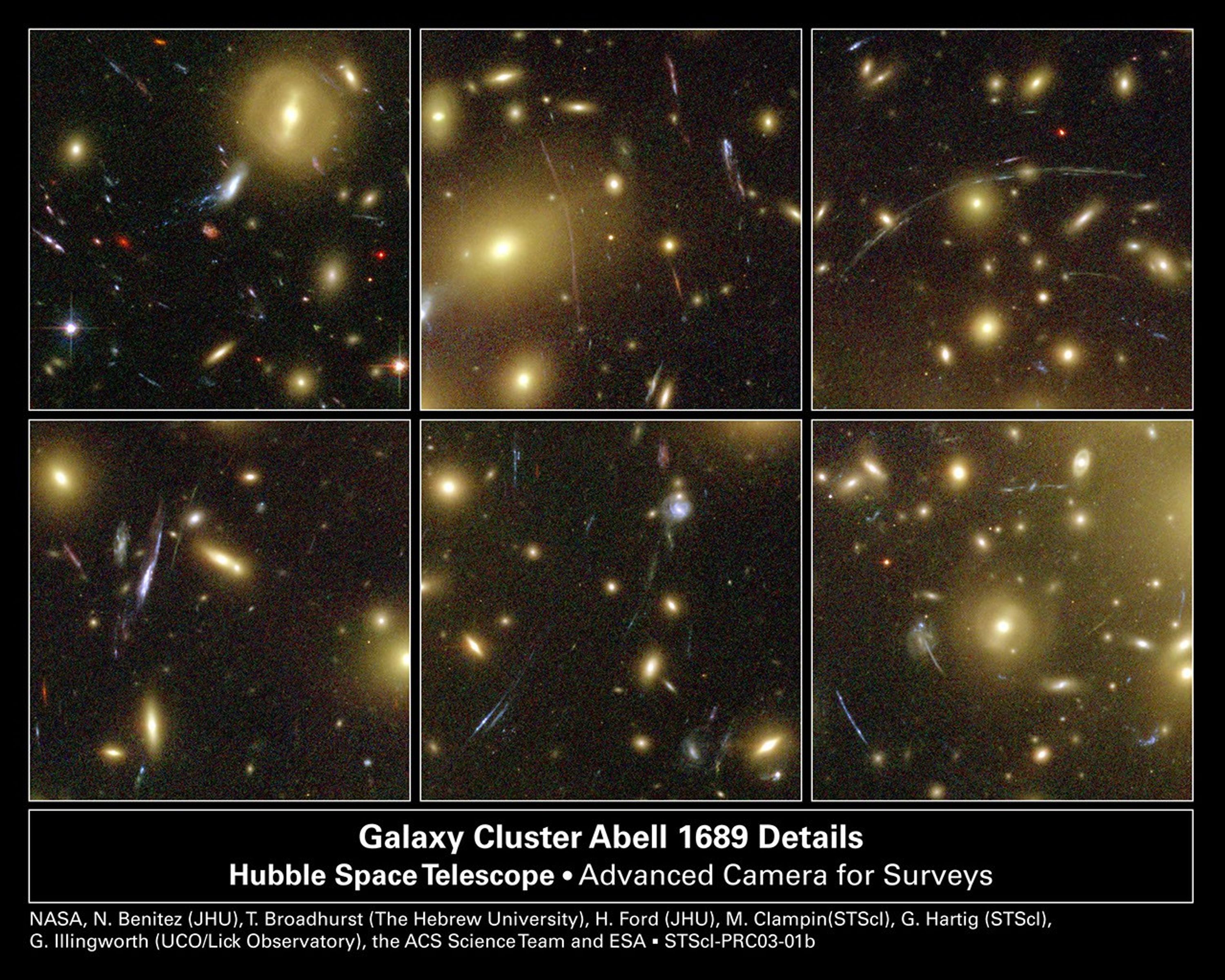
Gravitational Lens Arcs in Galaxy Cluster Abell 1689
A selection of cropped images from a NASA Hubble Space Telescope Advanced Camera for Surveys view of one of the most massive galaxy clusters known, called Abell 1689. These close-ups show "lensed" images of background galaxies that have been brightened and smeared by the...

Gravitational Lensing Illustration
Simulation of a gravitational lens moving across the Baltimore City skyline. The lens is produced by a compact and massive object, which bends space around it. This distorts light coming from any object behind the lens. The simulation shows how the lens distorts the background...
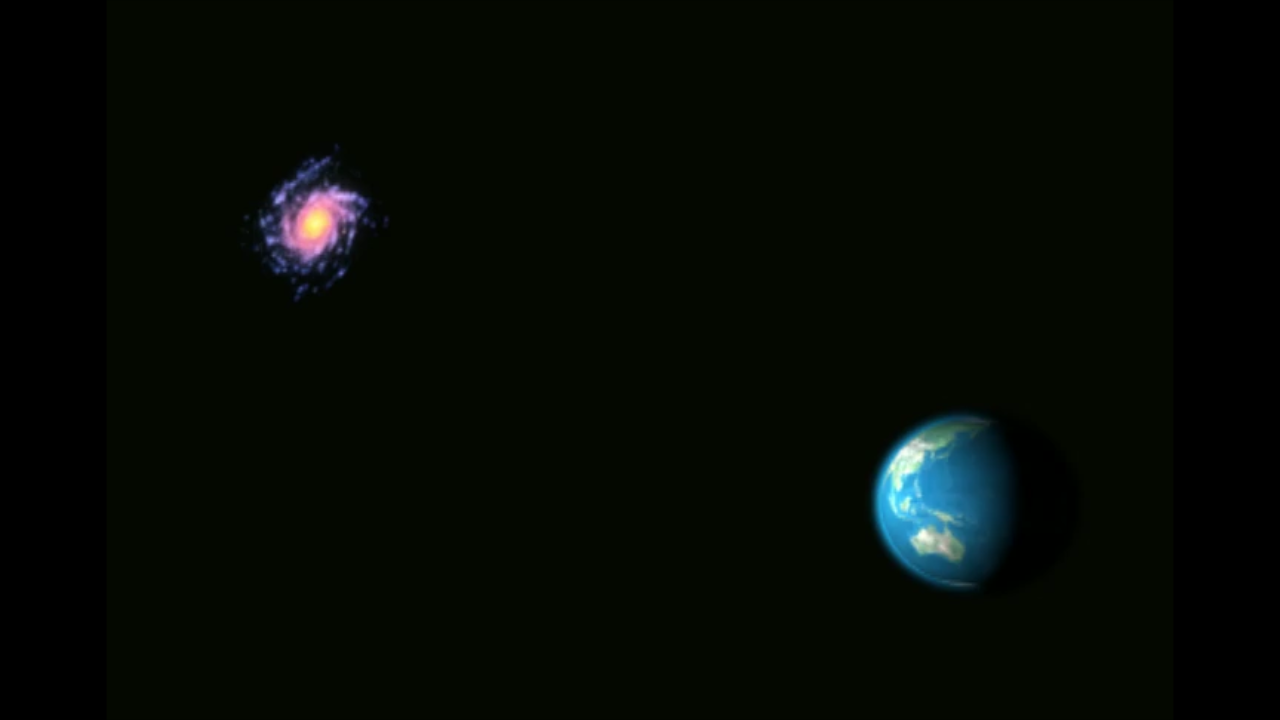
Gravitational Lensing Illustration
Simulation of light of distant galaxies as it is seen through dark matter or a gravitational lens, produced by the warping of space by galaxies and dark matter. This simulation shows how the lens distorts the background galaxies by bending the light and causing the light of the...
Share
Details
Claire Andreoli
NASA’s Goddard Space Flight Center
Greenbelt, Maryland
claire.andreoli@nasa.gov






























